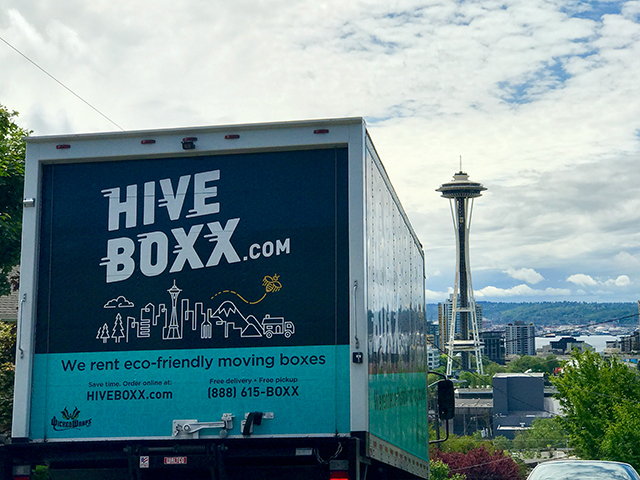In an era dominated by screens, social media has quietly transformed how we connect, communicate, and even perceive the world around us. This silent revolution is not just a global phenomenon; it has localized impacts, as seen in vibrant hubs like Sydney, where social media has become a cornerstone of personal and professional interaction. From reshaping traditional communication to fostering new forms of expression, social media’s influence is profound and far-reaching.
The Evolution of Communication
Before social media, communication was limited by geography and technology. Letters took days to deliver, phone calls were bound by costly long-distance charges, and face-to-face interactions required physical presence. The emergence of platforms like Facebook, Instagram, and Twitter changed everything, allowing instantaneous communication across continents. In Sydney, this evolution has bridged gaps within its multicultural population, enabling people from diverse backgrounds to connect with loved ones worldwide seamlessly.
Social media’s accessibility has created a new norm where interactions are often virtual first. This shift has fundamentally altered how relationships are built and maintained, offering both convenience and complexity. While the ease of sending a message or sharing a post fosters connection, it can also lead to a dilution of depth in interpersonal relationships.
The Role of Social Media in Sydney’s Culture
In Sydney, social media plays a dual role: it is a tool for personal interaction and a platform for promoting local culture and businesses. The city’s vibrant lifestyle—its beaches, nightlife, and art scenes—thrives on platforms like Instagram and TikTok, where influencers and brands showcase Sydney to a global audience.
Consider, for instance, how restaurants and cafes in Sydney leverage social media to attract patrons. A single viral post featuring a beautifully plated dish or a picturesque harbor view can result in a surge of bookings. This is not limited to businesses; community groups and non-profits also use platforms to rally support for causes, proving that social media in Sydney is as much about community building as it is about commerce.
Reshaping Social Norms and Behaviors
The silent revolution brought about by social media extends beyond communication to influence societal norms and behaviors. In Sydney, the pervasive use of platforms has redefined how people perceive social interaction. Events are now measured by their “Instagrammability,” and milestones are often shared in real-time with a digital audience.
This phenomenon isn’t without its drawbacks. The pressure to present an idealized version of life can lead to issues such as social comparison and anxiety. Research has shown that excessive use of social media can negatively impact mental health, a challenge faced globally and within Sydney’s tech-savvy population.
Business and Networking in the Digital Age
For businesses in Sydney, social media is more than just a marketing tool; it’s a lifeline. The integration of platforms like LinkedIn, Facebook, and Instagram into business strategies has created opportunities for networking and growth that were unimaginable a decade ago.
Local businesses have embraced platforms to interact directly with customers, often in real-time. Sydney’s tech startups, for example, use social media to reach potential investors, showcase their innovations, and gain market traction. Social media Sydney is not just a phrase; it’s a thriving ecosystem of interactions that drive commerce and innovation.
Education and Social Awareness
The influence of social media extends to education and raising social awareness. In Sydney, educational institutions use these platforms to engage with students, share resources, and even host virtual events. Teachers and students alike have found creative ways to collaborate, making learning more interactive and accessible.
Social media has also amplified voices advocating for social change. Movements such as climate action and gender equality find strong support through Sydney’s online communities, where like-minded individuals can unite, discuss, and mobilize.
The Challenges of Digital Dependence
While the benefits of social media are evident, it’s crucial to address the challenges that come with digital dependence. In Sydney, as in other global cities, the pervasive nature of social media can lead to issues such as screen addiction, cyberbullying, and the spread of misinformation.
Efforts to combat these challenges include digital literacy campaigns and tools that encourage healthier online habits. Initiatives in Sydney schools and workplaces promote awareness about responsible social media use, highlighting the importance of balancing online and offline interactions.
Social Media and the Future of Connection
As technology evolves, so too will social media. The advent of virtual reality (VR) and augmented reality (AR) promises to further reshape how we interact. In Sydney, forward-thinking businesses and tech enthusiasts are already exploring these innovations, envisioning a future where digital and physical realities blend seamlessly.
For example, imagine attending a virtual concert at the Sydney Opera House through VR or exploring Bondi Beach with augmented reality enhancements. These possibilities hint at the next phase of the social media revolution, where connection transcends current boundaries.
Conclusion
The silent revolution of social media is undeniable, reshaping human interaction in profound ways. From fostering connections across borders to redefining business strategies and cultural expression, its impact is both transformative and enduring. In Sydney, a city known for its dynamic lifestyle and innovation, social media plays an integral role in shaping the modern experience.
As we navigate this ever-changing digital landscape, it’s important to embrace the opportunities social media offers while remaining mindful of its challenges. Whether it’s promoting local culture, driving business, or advocating for social change, social media Sydney is not just a trend—it’s a testament to the power of connection in the digital age. Check my source of social media agency in Sydney.



